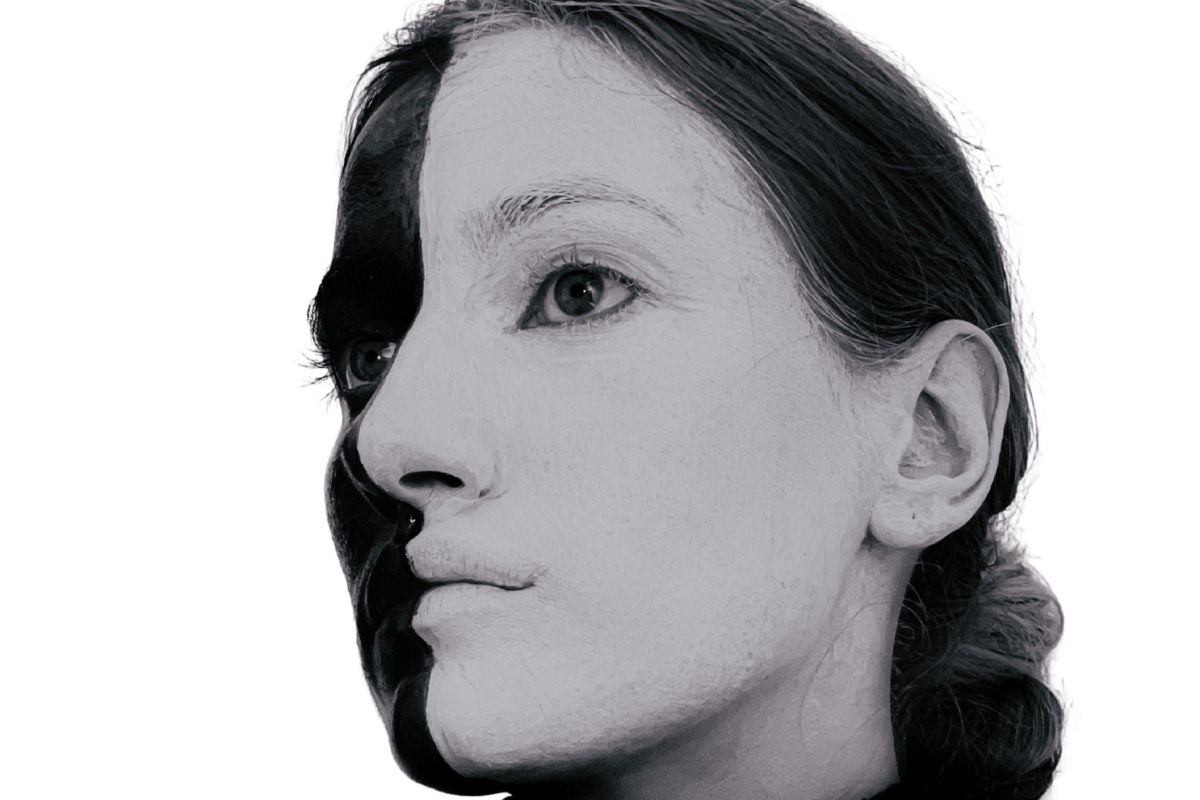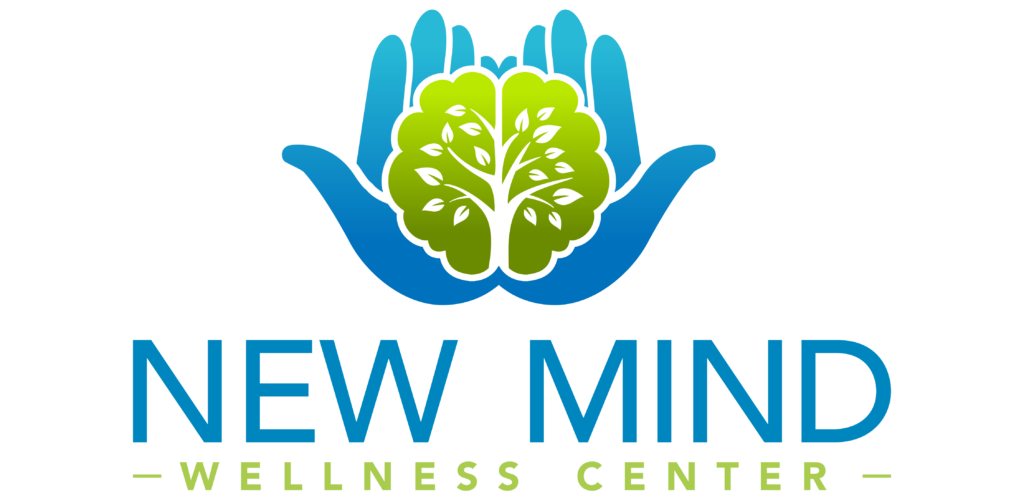
C-PTSD vs. PTSD: Understanding the Differences
Complex posttraumatic stress disorder (C-PTSD) and posttraumatic stress disorder (PTSD) have similar names, and they both occur in the aftermath of horrific experiences. But there are key differences between C-PTSD vs. PTSD that can affect the symptoms a person develops, when they are diagnosed, and how they are treated.
To learn more about Mental Health Treatment options at New Mind Wellness, call us today or verify your insurance online. We’re excited to help you start your personal recovery journey.
What Are PTSD and C-PTSD?
PTSD and C-PTSD are both highly disruptive mental health conditions that develop following exposure to one or more traumatic experiences.
Causes
Examples of the types of events that can lead to C-PTSD or PTSD include:
- Military combat
- Acts of terrorism
- Physical attacks
- Sexual assault
- Persistent harassment
- Abuse and neglect during childhood
- Domestic partner violence
- Serious illnesses
- Automobile accidents
- Tornadoes, hurricanes, and tsunamis
The common characteristic among these experiences is that they can cause a person to believe that they or someone they care about is at risk of serious injury or death.
The likelihood that a person will develop C-PTSD or PTSD after enduring trauma may also be influenced by factors such as:
- Age: People who go through trauma during childhood or at advanced age seem to have an increased risk of developing one of these conditions
- Gender: Girls and women are more likely than boys and men to be diagnosed with these conditions
- Family history of C-PTSD or PTSD
- Personal history of anxiety, depression, or other mental health concerns

Symptoms
C-PTSD and PTSD can affect virtually every part of a person’s life, including their memories, thoughts and feelings, physical health, and behaviors.
The memory-related symptoms of these conditions can include:
- Recurrent involuntary memories of the traumatic events
- Inability to recall all or part of the traumatic events
- Nightmares related to the traumatic events
- Flashbacks, which are dissociative episodes during which a person feels as though they are re-experiencing the traumatic events
Potential physical and behavioral symptoms include:
- Persistent headaches, stomach aches, and muscle tension
- Exaggerated startle response, which can include muscle spasms and other excessive, uncontrolled reactions when surprised by sounds or touch
- Unpleasant physical and/or psychological responses to sights or sounds that remind them of the traumatic event
- Trying to avoid people, places, or circumstances that could remind them of the traumatic event
- Acting with uncharacteristic aggression or recklessness
- Abusing alcohol and other mind-altering substances
The emotional, cognitive, and perceptual signs of C-PTSD and PTSD can include:
- Hypervigilance, or a constant state of elevated alertness due to the erroneous belief of an imminent threat
- Negative views of themselves or the world around them (such as believing that they are inherently flawed or that others can never be trusted) due to their traumatic experience
- Depersonalization, or the sense of being separated from their own mind and body
- Derealization, or the sense of being detached from others, which can include feeling like they are viewing their environment through a pane of glass
- Loss of interest in topics or activities that used to be of great importance to them
- Finding it difficult or impossible to experience happiness, joy, or pleasure
- Diminished ability to focus, concentrate, and make decisions
Differences Between C-PTSD vs. PTSD
At first glance, it may seem that the difference between C-PTSD vs. PTSD is simply that the former is a more complex version of the latter. But it’s important not to focus solely on the “C” part of C-PTSD.
There are actually multiple differences between C-PTSD and PTSD, including when the disorders develop, which symptoms a person experiences, and how they are diagnosed.
Exposure to Trauma
PTSD can occur after one or more distinct traumatic experiences. It can also affect people who are frequently exposed to the aftermath of traumatic events, such as firefighters and emergency medical technicians (EMTs).
C-PTSD usually affects people who were exposed to long-term trauma, such as those who were repeatedly abused, neglected, or otherwise violated over an extended period of time.
One other trauma-related difference between C-PTSD and PTSD is when the causative events occurred. People who develop C-PTSD are more likely to have been traumatized during childhood, while those with PTSD may have experienced trauma at any point in their lives.
Types of Symptoms
While people with either condition can experience all of the symptoms listed earlier in this post, those who have C-PTSD are more likely to struggle with:
Poor regulation of emotions
Negative self-image
Pattern of unhealthy relationships
Depersonalization and derealization
Suicidal ideation
Diagnostic Status
Complex posttraumatic stress disorder was first proposed as a distinct diagnosis in 1992. But it would take 30 years before C-PTSD was added to the eleventh edition of the International Classification of Diseases (ICD-11), which was published in January 2022.
The fifth edition of the Diagnostic and Statistical Manual of Mental Disorders (DSM-5), which is the standard reference for clinicians in the U.S., does not have an entry for C-PTSD.
Both the ICD-11 and the DSM-5 include entries for PTSD.
Treatment Options for C-PTSD and PTSD
C-PTSD and PTSD are both treatable conditions. Psychotherapy (talk therapy) is usually a central component of care for people who have these disorders, though prescription medications, education, and experiential therapies can also be beneficial.
No medications have been designed to treat either C-PTSD or PTSD, but many people who have these conditions also struggle with anxiety, depression, and other mental health concerns. For these patients, medication to address their co-occurring disorders can be quite valuable.
The therapeutic aspect of treatment for C-PTSD or PTSD may include:
- Individual, group, and family therapy sessions
- Cognitive-behavioral therapy (CBT)
- Dialectical behavior therapy (DBT)
- Eye movement desensitization and reprocessing (EMDR) therapy
- Cognitive processing therapy (CPT)
- Prolonged exposure therapy (PE)
- Holistic therapies
Learn More About Treatment for PTSD and C-PTSD in Philadelphia
New Mind Wellness offers comprehensive outpatient care for adults who have developed PTSD, C-PTSD, and other mental health concerns.
Programming options at our PTSD treatment center in Philadelphia, PA, include a partial hospitalization program (PHP), an intensive outpatient program (IOP), and an outpatient program (OP). Our team will work closely with you to identify the full scope of your needs and determine which programs and services are right for you.
To learn more about how we can help you or a loved one, or to schedule a free consultation, please visit our Contact page or call us today.





